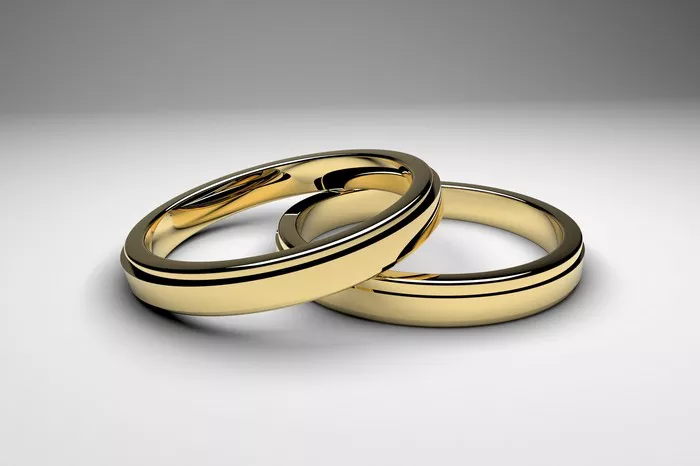The gold ring market is undergoing an environmental awakening as consumer demand for ethically sourced materials forces radical changes in mining practices. A report from the World Gold Council reveals that 68% of jewelry buyers now prioritize sustainability when purchasing gold rings, up from just 22% in 2019. This seismic shift has given rise to “green gold”—metal extracted using revolutionary methods that reduce environmental impact by up to 90% compared to traditional mining.
Leading this charge is a new generation of eco-conscious miners employing everything from mercury-free extraction techniques to blockchain-tracked supply chains. In Colombia, small-scale miners are using a Brazilian nut-based solution to separate gold from ore without toxic chemicals, while Australian operations have pioneered solar-powered processing plants that eliminate diesel emissions. Perhaps most impressively, urban mining—recovering gold from electronic waste—now supplies 12% of the global jewelry market, with companies like Metalicious offering rings made entirely from recycled computer components.
The certification landscape has become crucial. The Fairmined Ecological Gold label, introduced in 2023, guarantees gold was extracted without earth-moving machinery or harmful chemicals, while the new Regenerative Gold standard goes further—requiring mines to actively improve local ecosystems. Luxury brands are racing to adopt these certifications; Tiffany & Co. recently announced its entire gold collection will be Regenerative-certified by 2025.
However, challenges remain. Sustainable gold currently carries a 15-30% price premium, putting eco-friendly rings out of reach for many consumers. There’s also the “greenwashing” problem—over 40% of gold marketed as “ethical” lacks proper verification according to watchdog groups. Still, the trajectory is clear: what began as a niche concern has become the industry’s most powerful driver of innovation, rewriting the rules of gold sourcing for generations to come.


